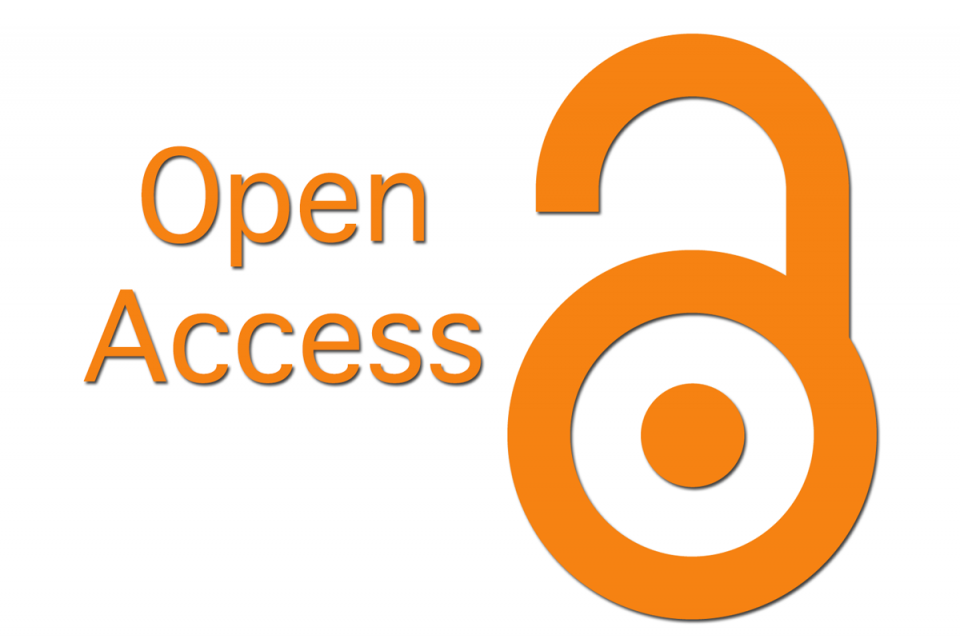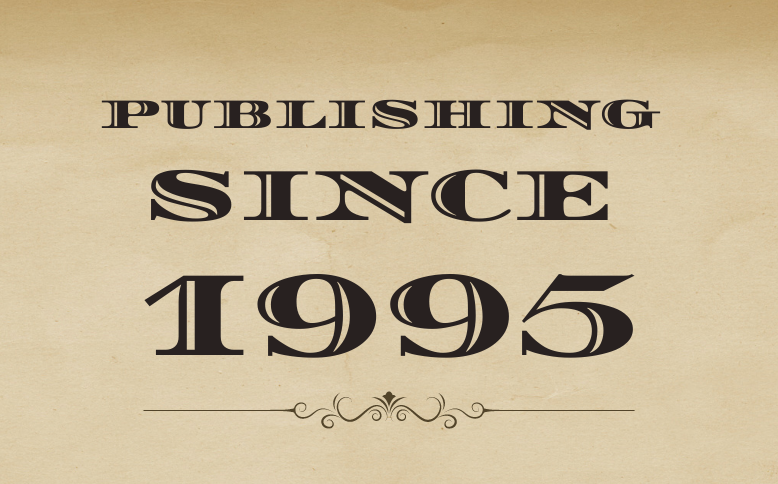A COMPARATIVE ANALYSIS OF GAAP (USA) AND IFRS (EUROPE): EVALUATING THE NEED GLOBAL ACCOUNTING STANDARDS (GAS)
Keywords:
GAAP, IFRS, Europe, USA, GASAbstract
This study conducts a comparative evaluation of the Generally Accepted Accounting Principles (GAAP) in the United States and the International Financial Reporting Standards (IFRS) used in Europe between 2020 and 2023. The research examines key aspects such as implementation efficiency, financial disclosure transparency, fair value assessment, tax reporting, cybersecurity regulations, digital transformation, AI integration, audit quality, ESG adoption, political transparency, and GDP growth rates. The findings suggest that IFRS demonstrates greater uniformity and transparency, particularly in digitalization and ESG adoption, while GAAP remains stronger in audit reliability and regulatory enforcement.
The study concludes that while IFRS is globally recognized for its flexibility, certain areas—such as cybersecurity disclosures and audit regulations— require improvements to align with GAAP’s structured framework. By integrating selected elements from both standards, a hybrid model could enhance the effectiveness of international financial reporting. The paper proposes that a Global Accounting Standard (GAS), combining the strengths of GAAP’s rule-based approach and IFRS’s principles-based flexibility, could serve as an optimal solution for addressing current limitations in global financial regulation.
Downloads
References
Securities and Exchange Commission (SEC). (2023). Annual report on implementation rates and disclosures (2020-2023). U.S. Government Printing Office.
World Bank. (2023). Gross Domestic Product (GDP) of the United States and Europe (2020-2023). Retrieved from https://www.worldbank.org/gdp
Smith, J. (2023, May 5). Understanding IFRS and GAAP. Finance Today. Retrieved from www.financetoday.com/ifrs-gaap
Financial Accounting Standards Board (FASB). (n.d.). Generally Accepted Accounting Principles (GAAP) Retrieved from https://www.fasb.org/
European Securities and Markets Authority (ESMA). (n.d.). Regulatory framework for IFRS in Europe. Retrieved from https://www.esma.europa.eu/
International Accounting Standards Board (IASB). (2024). International Financial Reporting Standards (IFRS). Retrieved from https://examples.integratedreporting.ifrs.org/
Investopedia. (n.d.). GAAP vs. IFRS: What's the Difference? Retrieved from https://www.investopedia.com/ask/answers/011315/what-difference-between-gaap-and-ifrs.asp
Author(s). (2023). Digitalization and AI: Trends in the USA and Europe (2020-2023). Journal of Accounting Technology, 12(4), 45-67.
Author(s). (2023). Fair value development rate in the context of GAAP and IFRS (2020-2023). International Accounting Review, 15(2), 78-92.
World Bank GDP Data. (2020-2023). Retrieved from https://data.worldbank.org/indicator/NY.GDP.MKTP.CD
Miraj Hossen khan. (2025). A comparative analysis of GAAP (USA) and IFRS (Europe): Evaluating the need for global accounting standards (GAS). Unpublished manuscript.
Journal of Accounting Technology. (2023). Digitalization and AI: Trends in the USA and Europe (2020- 2023). Journal of accounting technology, 12(4),45-67
Downloads
Published
How to Cite
Issue
Section
License
Copyright (c) 2025 MD. Miraj Hossen KhanYou are free to:
- Share — copy and redistribute the material in any medium or format for any purpose, even commercially.
- Adapt — remix, transform, and build upon the material for any purpose, even commercially.
- The licensor cannot revoke these freedoms as long as you follow the license terms.
Under the following terms:
- Attribution — You must give appropriate credit , provide a link to the license, and indicate if changes were made . You may do so in any reasonable manner, but not in any way that suggests the licensor endorses you or your use.
- No additional restrictions — You may not apply legal terms or technological measures that legally restrict others from doing anything the license permits.
Notices:
You do not have to comply with the license for elements of the material in the public domain or where your use is permitted by an applicable exception or limitation .
No warranties are given. The license may not give you all of the permissions necessary for your intended use. For example, other rights such as publicity, privacy, or moral rights may limit how you use the material.









